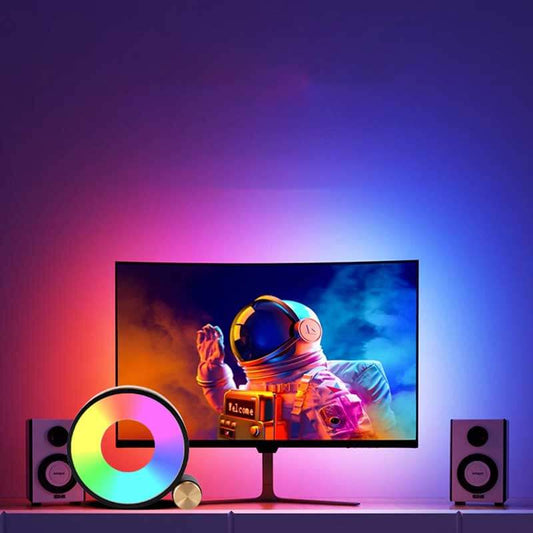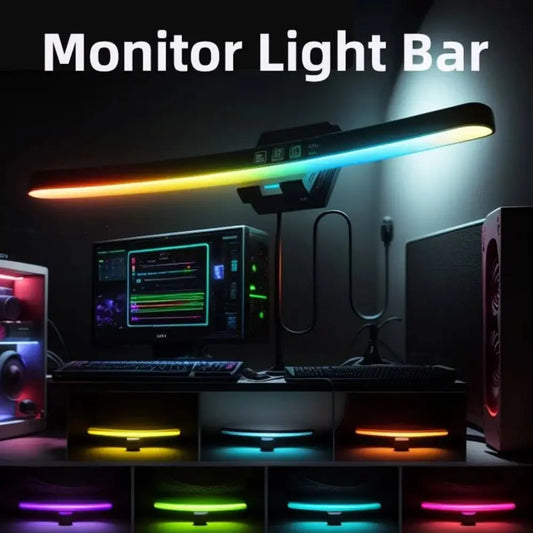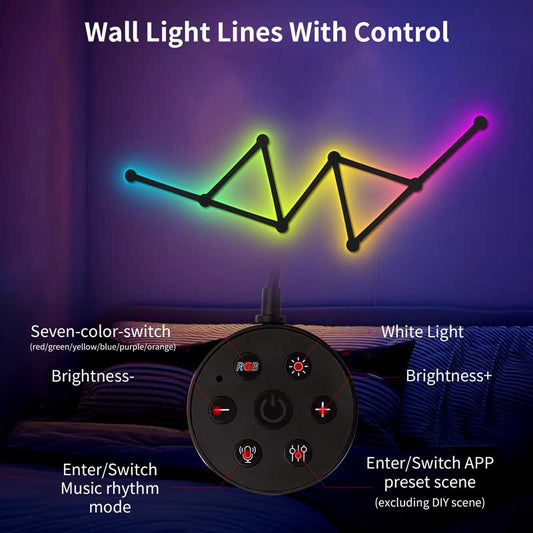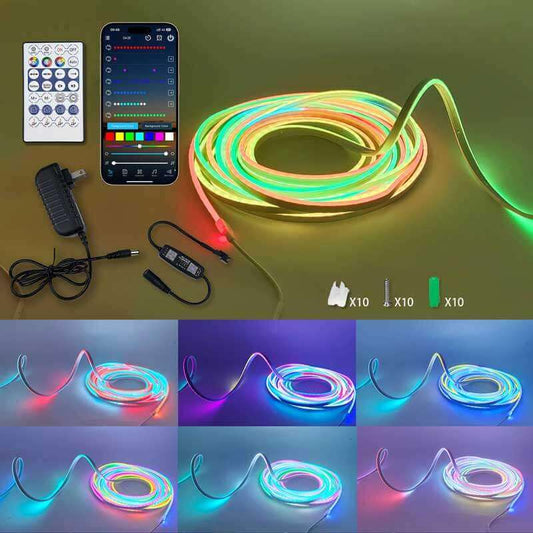Can a projector look as good as a TV?
Share
Whether a projector can look as good as a TV depends on several factors, including the quality of the projector, the environment in which it’s used, and the type of content being displayed. Here are the key factors that determine how well a projector can perform compared to a traditional TV:
1. Picture Quality
- Resolution: Higher-end projectors can offer 4K resolution, which can match or even surpass some TVs in terms of clarity. However, most budget projectors are still in 1080p (Full HD) or lower, which may not offer the same crispness and detail as a 4K TV.
- Brightness: Projectors tend to have lower brightness than TVs, especially when used in bright rooms. A high-quality TV typically has more consistent brightness, making it better for viewing in well-lit environments. In contrast, a projector often needs a dark room or a dimmed environment to look its best.
- Contrast: TVs, especially OLED or QLED models, have excellent contrast ratios with deep blacks and vibrant colors. Projectors, on the other hand, can struggle to achieve true blacks unless you’re using a high-end model with dark room conditions. Some high-end projectors, like laser projectors, do offer better contrast but still can’t match the contrast of premium TVs.
2. Screen Size
- Projectors are unique in that they offer the ability to create a massive screen size—up to 120 inches or more—depending on the model. This allows for an immersive cinematic experience that no TV can match unless you’re willing to pay for a huge 65-inch or larger TV.
- TVs are limited by their screen sizes, with 85 inches being about the largest available for most consumer TVs. If you want a truly massive viewing area, a projector is the way to go.
3. Viewing Environment
- Projectors work best in dark or dimly lit rooms, as ambient light can wash out the image. Even with high-brightness projectors, the light may reduce the clarity of the picture.
- TVs are typically much more versatile and can be used in bright rooms without a significant drop in quality. LED, OLED, and QLED TVs are designed to handle ambient light well, making them ideal for living rooms or spaces with a lot of natural light.
4. Color Accuracy
- LED or OLED TVs generally offer superior color accuracy, with rich and vibrant colors that stay consistent across different types of content. High-end projectors can achieve great colors, but this can depend heavily on the projector’s color gamut and calibration.
- Projectors also suffer from color degradation when the bulb starts to age, which can affect their ability to maintain vibrant colors over time.
5. Installation and Convenience
- TVs are much more straightforward in terms of setup and usability. Simply mount it on the wall or place it on a stand, and you’re good to go. The picture is always ready to be viewed without any fuss.
- Projectors often require more setup time, such as aligning the image on a screen or wall, and they need to be properly positioned for optimal viewing. Mounting the projector and setting up an appropriate screen can be a more involved process.
6. Cost
- In terms of price, projectors can be a more cost-effective solution for a large screen experience. While high-quality 4K projectors can be expensive, they still tend to cost less than a large TV with similar resolution and picture quality.
- TVs, especially high-end models, can get pricey as the screen size and picture quality increase. A large, high-quality 4K TV can cost significantly more than a projector of the same resolution.
7. Audio Quality
- Projectors often come with basic speakers, and if you’re looking for a cinematic sound experience, you’ll likely need to pair the projector with external speakers or a sound system. Many projectors have limited audio output, which means you’d need to invest in soundbars or surround sound systems for a fully immersive experience.
- TVs, on the other hand, come with built-in speakers that are typically louder and clearer compared to projectors. While they may not compare to high-end sound systems, many modern TVs feature advanced sound technologies (such as Dolby Atmos) that offer great audio without needing additional equipment.
Summary: Can a Projector Look as Good as a TV?
- Yes, a projector can look as good as a TV in the right conditions, particularly in terms of screen size and immersion. High-quality 4K projectors can deliver excellent image quality, but they may require dark environments and additional setup to rival the consistent brightness, contrast, and color accuracy of premium TVs.
- TVs, however, generally offer better picture quality, especially in terms of brightness, color accuracy, and ease of use. They’re also a better option for those who plan to watch content in well-lit rooms or who prefer a low-maintenance setup.
If you want an immersive home theater experience with a huge screen and are okay with a darker room and more setup, a projector can absolutely compete with a TV. For bright rooms or those who prioritize consistent picture quality and convenience, a TV may still be the better option.




